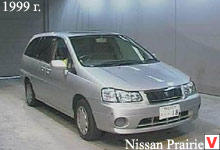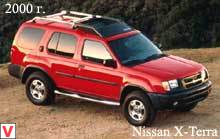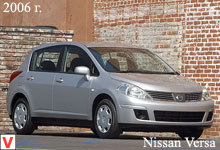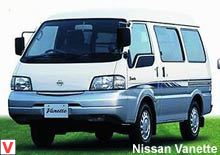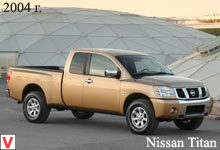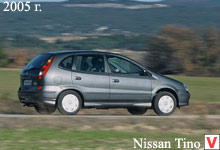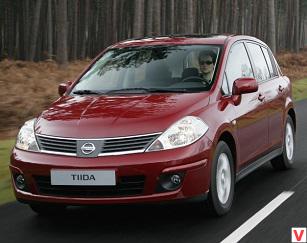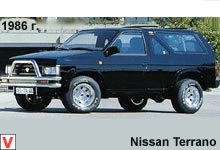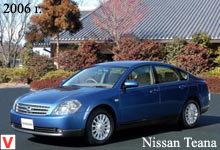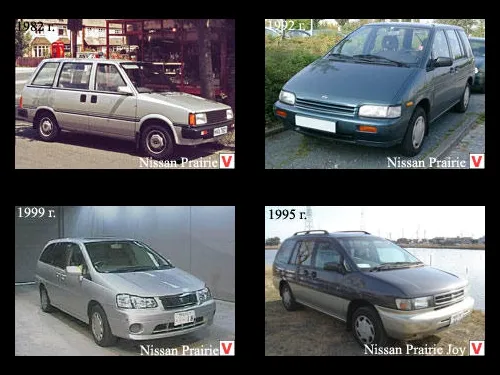
In 1982, the Nissan Prairie appeared, considered the first so-called minivan, or, according to another terminology, the UPV (high-capacity wagon) with a convertible interior and permanent all-wheel drive. At the heart of this car lay the platform model Sunny. The Prairie five-seater monocab was simply shocked by the motorists of those years with its unique technical characteristics. To make landing and disembarking more convenient the manufacturer refused from the middle pillar and offered a sliding door. Special attention is given to the expanded internal space and the cabin of the car as a whole.
In order not to create crampedness and to make the driver feel more relaxed, the transmission control knob was transferred to the steering column, and this technique was later often repeated in other cars - minivans. Prairie ahead of its time. The release of this model was the forerunner of the boom of minivans, which erupted later in the world. The second generation hit the market in September 1988. The car has become even more like a minivan in its modern form. Prairie has noticeably added in size. The design has become more refined and modern. The body of this generation is qualitatively assembled and adequately resists corrosion.
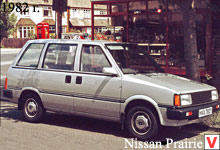
The salon is spacious, in addition, provides ample opportunities for the transformation of the internal space. The successor was equipped with a four-cylinder engine capacity of 2 liters. CA20 series. The power unit did not differ high dynamics, but it was economical in fuel consumption. A more powerful 2.4-liter engine allows you to move much faster, but in general, the car adjusts the driver to a calm way. In August 1995, the Prairie minivan underwent a partial replacement of the model range, after which the second word Joy appeared in its name. All stamped parts of the body have changed their shape.
The front part of the body was raised, which gave the car solidity. However, this measure increased the driver’s safety in the event of a frontal collision. The line of the rear part of the roof and the rear part of the body has changed.
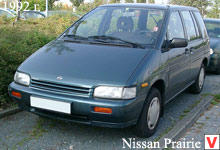
As a result, the useful volume of the cabin behind the second-row seats has increased, as well as the increased cargo capacity of the luggage compartment. The distribution of seats: 2-3-2 (seven-seater saloon) and 2-3 (five-seater saloon). The most valuable was the car of the Station Wagon category, the body of which was equipped with a sliding door. The rear door rises, opening a large opening to the luggage compartment, which is very convenient and functional, when loading luggage. The amount of luggage space can be significantly increased by adding the third row of seats (seven-seater version).
Extensive possibilities for the transformation of the cabin even allowed to arrange sleeping places. The interior of Prairie is no different from designer delights; everything was simple and simple in it. Pleasant to the touch fabric trim seats, electric windows and side mirrors, good audio system. The instrument panel is quite functional, but not overloaded.
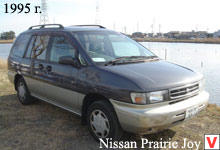
Four standard devices and an indicator of “automatic” modes between the tachometer and the speedometer are the whole set. In the heart of the car was a 2-liter 4-cylinder engine producing 145 hp, which is aggregated with a 4-speed automatic transmission. The maximum speed of 180 km / h. Types of drive: front or full. In 1998, the Prairie Liberty version was released as one of the third generation Prairie cars. After 3 years, the model rejected the Prairie from its name and acquired a more concise name - Nissan Liberty. But that's another story.
Other images auto Nissan Prairie
